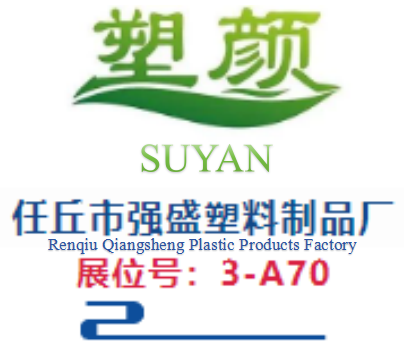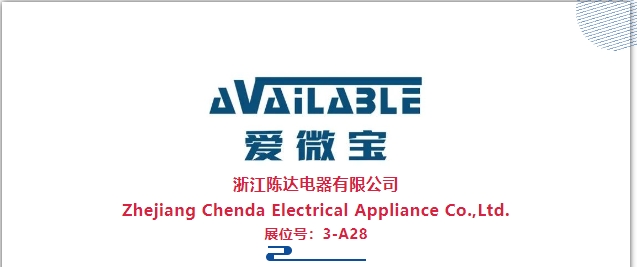
It’s no secret that climate change is one of the most pressing concerns facing our planet. We must act collectively on behalf of future generations to enact the change that will help us to avoid a climate catastrophe; and not least the HVAC industry, which has been, and remains, a major contributor to atmospheric greenhouse gases and global warming.
In 2015, the UK Government, along with 196 parties entered the legally binding international treaty on climate change, which was adopted at COP 21 in Paris. For the first time in history, all nations committed to undertake the necessary, ambitious steps to combat climate change.
Significant environmental milestone
Whilst this was clearly a significant environmental milestone, how realistic is the 2030 deadline for zero Global Warming Potential (GWP), from the HVAC industry’s viewpoint? The refrigeration, air conditioning and heat pump (RACHP) sector is presently the largest of the F-gas emitting sectors. The RACHP sector is in fact the UK’s main user as well as emitter of hydrofluorocarbons (HFCs).
Since the phasing-out of ozone-depleting refrigerants (CFCs and HCFCs), HFCs are now the main refrigerants used in a broad range of RACHP applications, such as commercial refrigeration and air conditioning. It is therefore unsurprising that the spotlight has fallen on the RACHP sector. However, the EU F-Gas Regulation, which was introduced in 2014, is helping to reshape the sector, and lowering carbon emissions.
The regulation stipulates:
- A 79% cut in the GWP weighted quantity of HFCs that can be sold in the EU by 2030.
- Several bans which restrict the refrigerants that can be used in specific types of new RACHP equipment.
- Bans on servicing R-404A systems in medium and large sized supermarket and industrial systems as of 2020.
- New rules on leak prevention and mandatory leak testing.
Industrial refrigeration equipment
In response to these new rules, many operating in the RACHP sector have introduced lower-GWP equipment. For instance, in the small-medium building air conditioning market, ultra-low GWP (<10) equipment is now an available option. Whilst the sector is committed to lowering its carbon footprint and has made good progress to date, the target of achieving a zero GWP by 2030 seems slightly unrealistic for a number of reasons.
Whilst there is continuous improvement to RACHP equipment, an issue is the long life span of many products. For instance, some industrial refrigeration equipment typically has a life span of 30+ years; which means that approximately half of the industrial refrigeration equipment currently in use could remain so until 2030 and beyond.
Reducing environmental impact
The replacement of existing equipment is constrained by the equipment’s lifecycle, therefore, assuming that there is no premature retirement or retrofitting of the existing equipment, then implementing new alternatives could take decades, potentially.
In terms of reducing environmental impact, the industry is reliant on the development of new technology, and manufacturers implementing that technology in the design of new equipment, to provide low-GWP alternatives. We are constrained by the rate at which manufacturers can bring these new products to market. The RACHP sector is also complex and contains an array of sub-sectors. The rate of progress in developing products with lower GWP varies considerably by sub-sector. For example, in the refrigeration sector, in commercial and retail applications where condensing units are used, the progress in lowering GWP is proving to be very slow.
Variable refrigerant flow
However, when it comes to small-sealed units, on the contrary, an impressive range of new low-GWP products have been brought to market. We can see a similar story in the air conditioning sector, where progress on lowering GWP is rather slow when it comes to large variable refrigerant flow (VRF) and large-ducted units; whereas for water chillers, they are making excellent progress.
In the RACHP sector, there isn’t a one-size-fits-all product. Different equipment is required for different applications. For example, where RACHP systems are located in areas with public occupancy (e.g., retailers), public safety becomes a key concern, and would therefore limit our product choice, as well as the refrigerant type which could be used. Therefore, GWP rating may not be the key consideration in choosing a suitable product, it’s about selecting the right equipment for the application.
Providing thermodynamic properties
When it comes to RACHP equipment, there is a huge variance in temperature levels. In refrigeration, equipment temperature ranges from 0°C to 5°C for chilled food, and -15°C to -40°C for frozen food. In air-conditioning, the temperature typically ranges between 10°C to 20°Cii.
These significant variations in temperature levels require a range of refrigerants to be available, to provide the thermodynamic properties to suit the specific application. It is worth noting here that not all have low GWP ratings. Despite stating that some of the targets are unrealistic, I do however believe that as an industry, we can collectively work together to make a difference to our planet.
Maximum gas recovery
Here are a few practical ways we can help to lower our carbon emissions:
- Use low GWP alternative refrigerants in new equipment – This is the key to success in the long term. As I explained previously, the long lifecycle of some of the equipment means that it will potentially be many years before the existing repository of HFCs is completely obsolete. However, it is a realistic goal that by 2050, the current generation of high-GWP HFCs could be replaced with low-GWP alternatives.
- Recover F-Gases from equipment - Old equipment reaching end-of-life contains HFCs. It is illegal to vent these HFCs into the atmosphere. The F-Gas Regulation has a mandatory requirement for the old HFC to be recovered. This refrigerant should be reprocessed, recycled and reused. Although this does not directly reduce F-Gas emissions in the short term, it does encourage maximum gas recovery.
Leakage-Detection systems
- Reduce the usage of HFCs in existing equipment - Interestingly, a large proportion of total HFC consumption is actually to top-up leaks from existing equipment. If we could make advances in the area of leak-prevention, through further development of leakage-detection systems, this would reduce the volumes of HFC inadvertently entering the atmosphere. I’d also advise businesses to regularly undertake leak testing and to keep records.
The world needs the entire HVAC industry to lead and drive the change required to reduce our carbon footprint. We must champion the solutions for the climate change crisis. Equally, businesses have a responsibility to ensure they remain F-Gas compliant and that their air conditioning and refrigeration systems continue to work at peak efficiency.

























